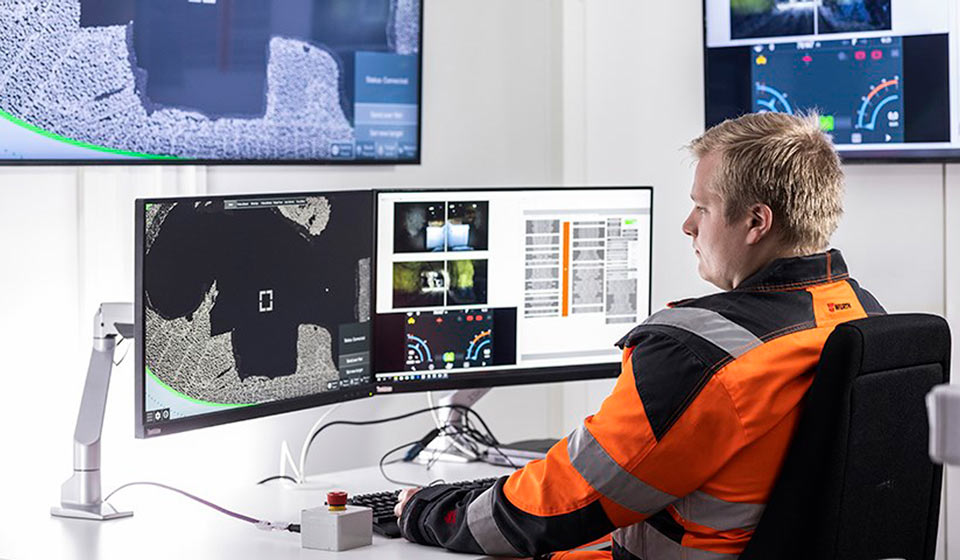
The implementation of infrastructure projects always requires careful planning. In urban environments, the challenge is increased by the fact that the best plots are often already in use. Climate change and the extreme conditions that follow, with their significant fluctuations, put both the soil and structures under intense pressure. Work is therefore carried out in increasingly challenging ground conditions and closer to existing buildings. Safety on the construction site and the surrounding infrastructure cannot be compromised.
Well-designed automatic monitoring helps manage uncertainty and improves the reliability by providing real-time, accurate information on the behavior of soil and structures.
Deep trenches always cause movements next to the trench. When movements occur, the repair costs of the existing adjacent structures are usually very high. Automatic monitoring can minimise the risks of excessive settlements and movements. The greatest benefit of monitoring is avoiding very high repair costs.
Depending on the piling method, piling can cause significant soil displacement along the path of the piles and thus movements near the piling area. Piling work also causes an increase in soil pore pressure. By monitoring movements and pore pressure, piling work can be directed so that no damage is caused to the environment.
The greatest benefit of monitoring is ensuring the smoothness of the piling work and avoiding repair costs.
Many old embankment structures were built on soft ground without proper foundation reinforcement. These structures often have stability and settlement problems and risks. Monitoring can ensure the current operation of the structure, especially when new construction is carried out or when old structures are repaired near such a structure.
The greatest benefit of monitoring is continuous situational awareness of the performance of a risk structure and ensuring usability without interruptions.
The circular economy, carbon footprint reduction, and resource efficiency have significantly increased the importance of innovative solutions in infrastructure construction. Experience with the use of recycled materials, new circular economy solutions, and new foundation reinforcement methods is often minimal. Therefore, predicting their behaviour is very difficult and involves risks. These risks can be identified, verified, and managed through monitoring.
The greatest benefit of monitoring is continuous situational awareness of the performance of a new structure and ensuring usability without interruptions.
While it may not be possible to completely eliminate all risks associated with infrastructure construction, they can still be managed. Identifying risks is crucial because an unrecognised risk is more likely to materialise than a recognized, monitored, and thus managed risk.

